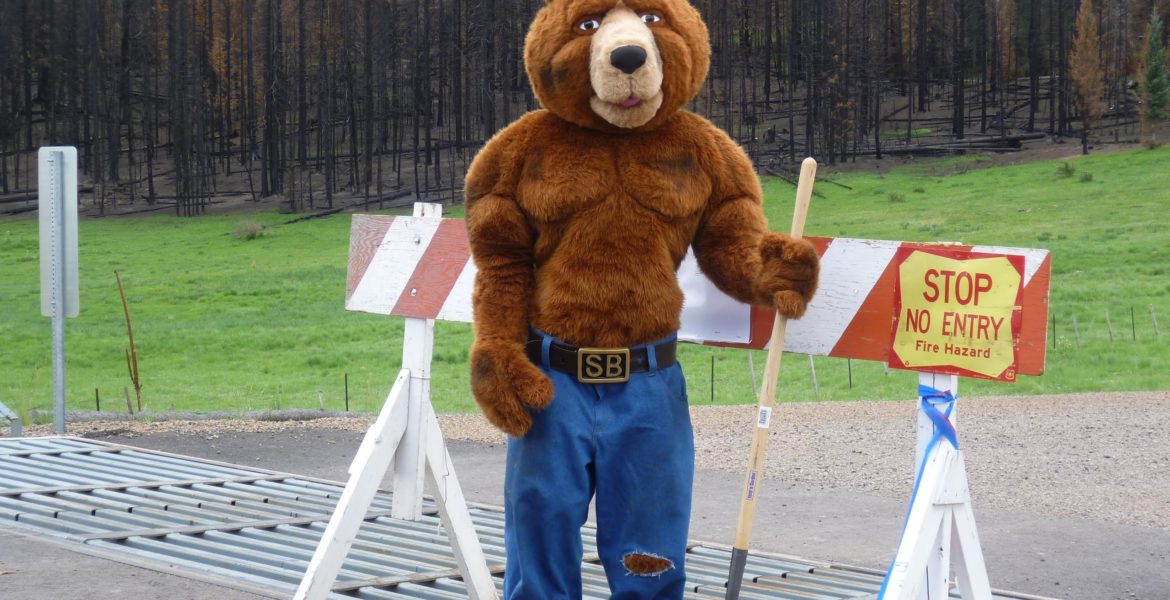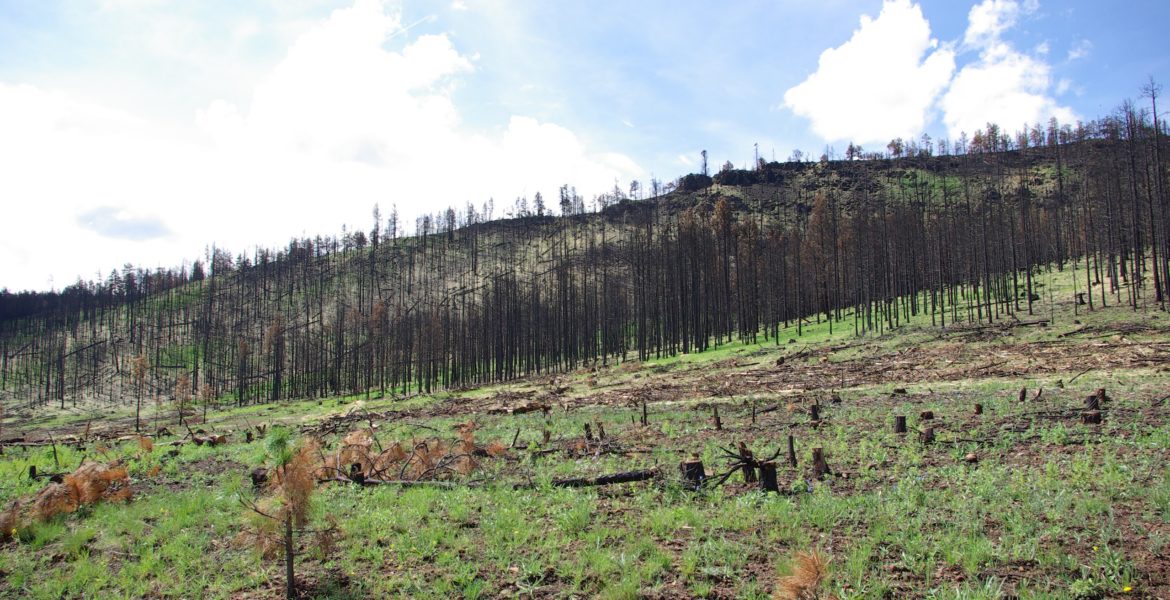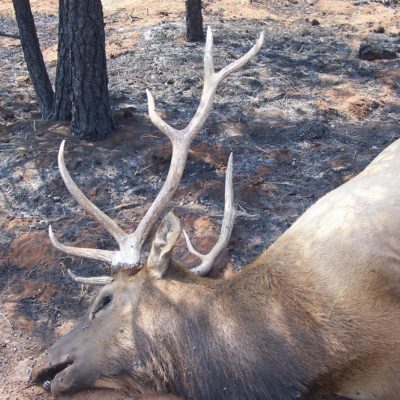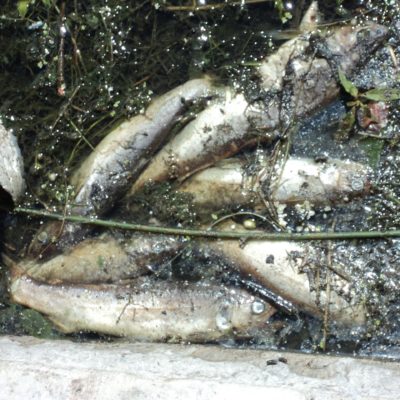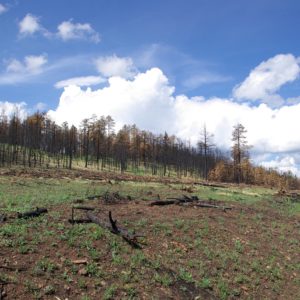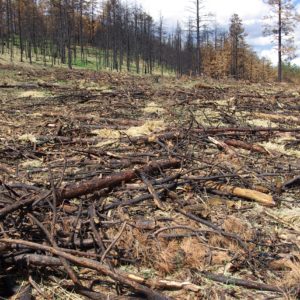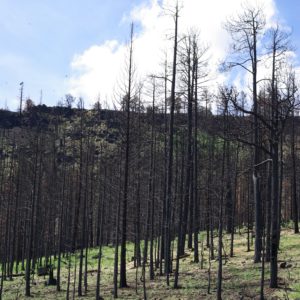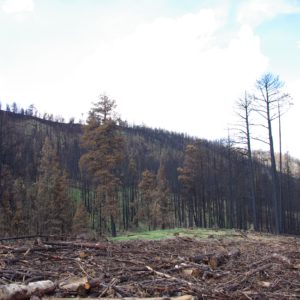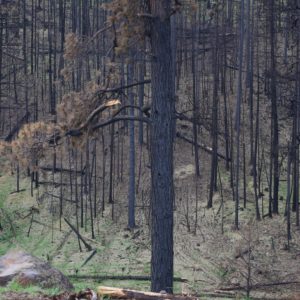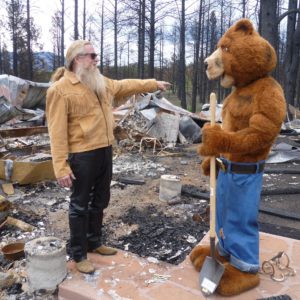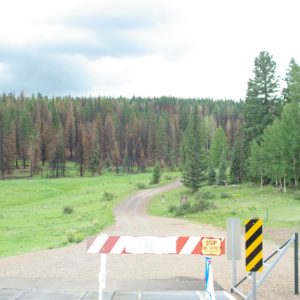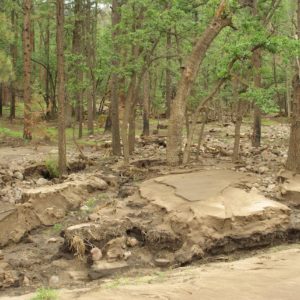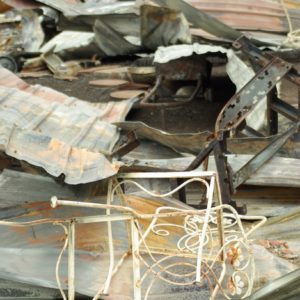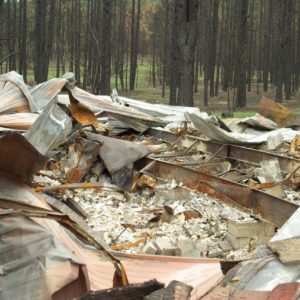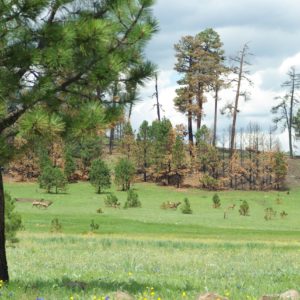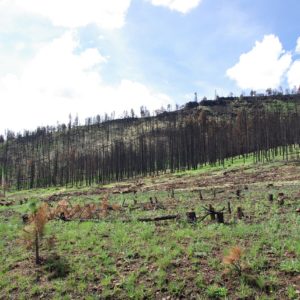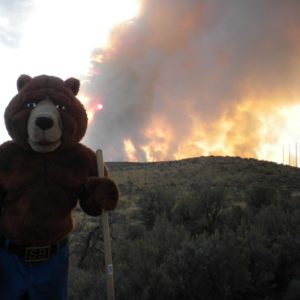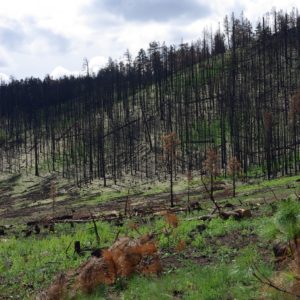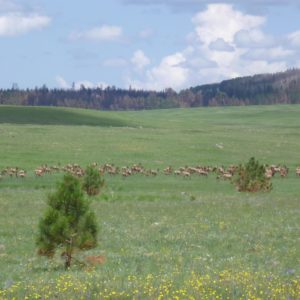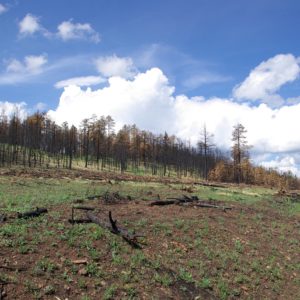ExxonMobil, ranked as one of the world’s largest corporate polluters, produces just over 10 million pounds of toxic air pollution per year. During three summer months, a recent North American fire released 66 billion pounds of just one of the toxic chemicals it spewed.
That is 6,600 times more pollution than ExxonMobil releases in an entire year!
Wildfires throughout North America are on the rise and out of control, particularly in western states.
These fires are emitting more dangerous pollutants into the air than all the “tailpipes and smokestacks in the United States …”
Recent studies show that wildfires cause pollutants to triple normal levels deemed safe for humans and animals.
These shocking results come from a trend of new scientific studies, and underscore the need for a major change in wildfire management.
Wildfire Pollution
It is common knowledge that wildfires reap destruction on animals, animal habitat and human communities by incinerating everything in their path. What is less known about wildfires is that they produce extremely high amounts of pollutants that put animals, our planet and us at risk for months and even years into the future.
Scientists have only recently begun to quantify the severity of wildfire pollution, and they are surprised by the results that they are finding.
Three recent studies produced by the leading atmospheric research organization, the National Center for Atmospheric Research, have focused their results on three major pollutants: carbon monoxide, ozone and mercury.
Although this by no means is an exhaustive list of pollutants that wildfires produce, understanding wildfires’ production of these pollutants illustrates just how dangerous the spread of wildfires has become.
Carbon monoxide
Carbon monoxide is an odorless, colorless and toxic gas. Because the gas is extremely toxic it is very lethal.
Automobile exhaust and tobacco smoke are two known sources of the gas.
Another, extremely more significant emitter of the gas is wildfires.
A 2007 NCAR study of a wildfire that raged in Alaska and Canada during 2004 found that “[f]rom June through August, the fires produced approximately thirty teregrams of carbon monoxide … roughly equal to all the human-generated carbon monoxide for the entire continental United States during the same period.” The fire scorched 11 million acres, “roughly the size of Maryland and Connecticut.” Thus, according to leading scientists, wildfires can produce more pollutants, particularly carbon monoxide, than all of the human produced pollution in the world’s leading economy — the United States.
Ground-level ozone
Ozone, when found in the upper atmosphere, is healthy because it blocks dangerous solar rays from reaching the earth’s surface.
On the other hand, ozone found at ground level is considered to be very harmful to people, animals and vegetation. Wildfires are a major producer of ground-level ozone, and are known to pump it around the globe.
In the 2007 NCAR study cited above, scientists concluded that the wildfire in the study caused dangerous ground-level ozone to increase “by 25 percent or more in parts of the northern United States and by 10 percent as far away as Europe.” Therefore, wildfires in North America are not only pumping excessive amounts of dangerous pollution throughout our continent, but throughout continents across the ocean.
NCAR continued its research of ground-level ozone by studying the effects of a 2007 wildfire that blazed in California. The organization found that the wildfire “repeatedly caused ground-level ozone to spike to unhealthy levels across a broad area, including much of rural California as well as neighboring Nevada.”
Surprisingly, the scientists found that “ozone was three times more likely to exceed safe levels when fire plumes blew into a region than when no plumes were present.” As USA Today put it, wildfires “triple the usual number” of ground-level ozone pollutants.
Mercury
Mercury is an element that cannot be created nor destroyed by humans.
This naturally occurring element is found in the earth’s surface and is often used in devices such as thermometers.
When the element is burned it transforms into a vapor and can be deposited in lakes and streams where the element can build up in fish, making them highly toxic.
If these fish are eaten, the effects can be lethal to babies and animals.
Coal and gold mines, as well as other industries, are often cited as being producers of mercury pollution. Yet, wildfires, although rarely mentioned, are major producers of mercury pollution.
Another recent NCAR study looked at the amount of mercury pollution wildfires produce.
The study explained that plants store mercury in their leaves and needles and when burned the needles and leaves release “nearly all the mercury they had stored — from 94% to 99%.” The study concluded that wildfires spewed mercury pollution into the air “at up to 800 tons per year …” Coal-fired plants, currently the main focus point of reducing mercury pollution, produce a substantially smaller 41 tons per year.
This means that wildfires produce nearly 20 times more mercury pollution than U.S. coal-fired plants produce annually.
The Oregonian newspaper explained that industries are cleaning up their mercury pollution, but that nothing is being done to curb the increasing severity of wildfire mercury pollution. The article stated that NCAR “scientists calculated that Oregon wildfires released … more than twice the amount [of mercury into the air annually than] emitted by industrial sources such as power plants and factories, according to an inventory by the U.S. Environmental Protection Agency.”
The newspaper stated that increasing pressure is being placed on industries to reduce their mercury pollution by 90 percent, but at the same time nothing is being done to halt the more serious problem of wildfire mercury pollution.
Conclusion:
Wildfires are spewing pollutants into the air in quantities that are many times greater than all of America’s industrial pollution combined.
This information about wildfire pollution is just the tip of the iceberg because researchers have only begun quantifying wildfire pollution in the last decade.
Wildfires continue to be on the rise while ineffective rangeland management techniques remain in place. Yet, pollution reduction pressure persistently is focused at industry as industries have continued to reduce their pollution rates by leaps and bounds.
To decrease the growth of wildfire pollution the sources of fuel must be decreased.
Jason Davison, a forage and alternative crops specialist at the University of Nevada Reno, called for new rangeland management techniques 15 years ago. He promoted the reduction of rangeland fuel by using cows and sheep to feed on the excessive vegetation. Yet, grazing rights have continually been reduced and fires have continually increased.
A problem such as this calls for a change in Bureau of Land Management and Forest Service management procedures and regulations. Allowing large amounts of fuel — vegetation — to grow on rangeland during spring and summer months mixed with uncontrolled lightning strikes is a recipe for disaster.
Smoked Bear is advocating a change in rangeland management in order to save animals, people and the environment from the harmful effects of wildfires. Pollution is proven to be one of these harmful effects.
Therefore, Smoked Bear and all those who are in support of saving animal and human life are now calling for a change in rangeland management in order to reduce wildfire pollution.
————————
Zachary Gerber of Elko
Volunteer
Additional Sources
Radio Shows
Images

